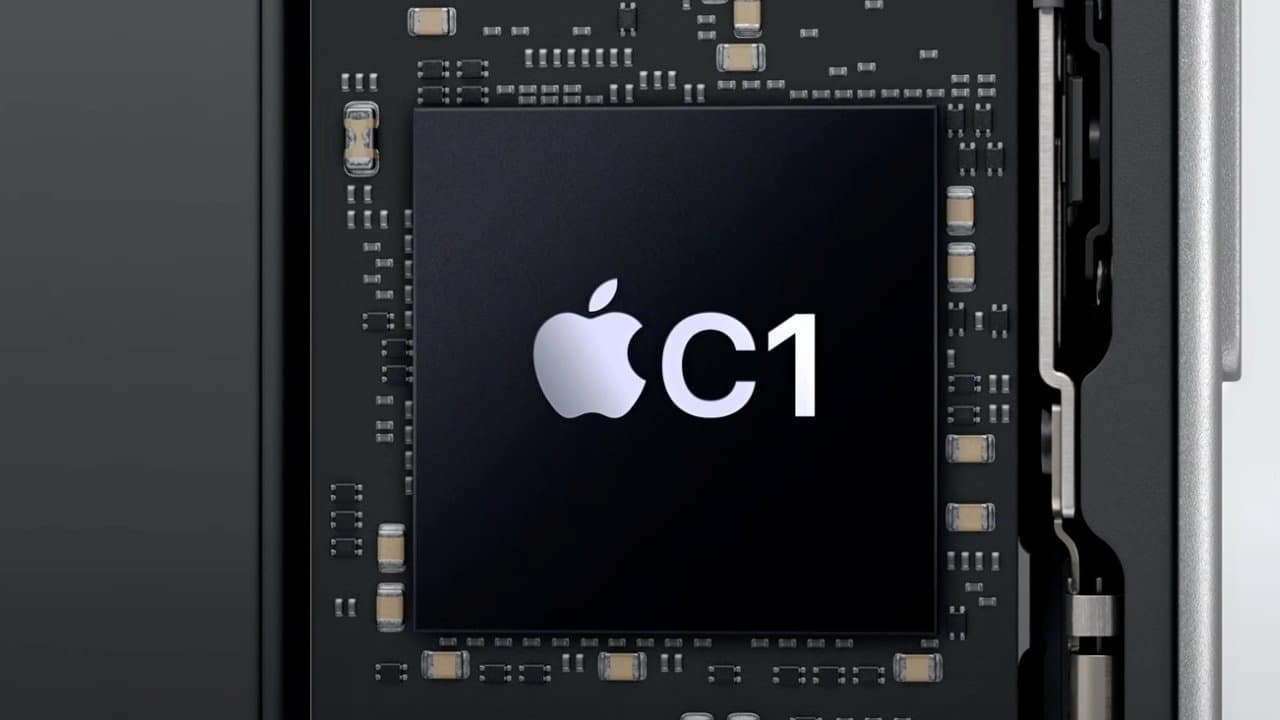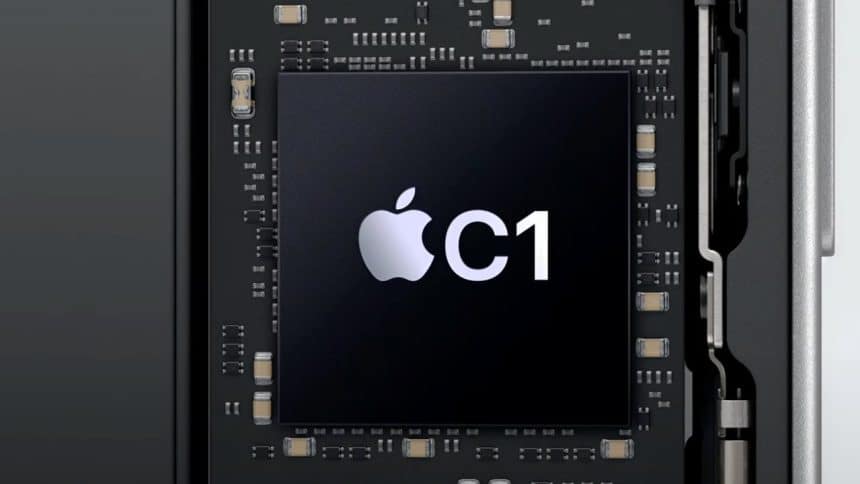Apple has already started developing its M6 processor, which is expected to arrive in Mac models by 2027. A key highlight of the new chip is its built-in, in-house modem—marking a major shift in how Apple handles wireless connectivity in Macs.
Currently, Apple depends on Qualcomm modems for wireless features in MacBooks. However, the company is pushing to reduce reliance on third-party hardware. This effort began with the iPhone 16e, which introduced Apple’s own C1 modem.

M5 Chip Coming First, M6 to Follow
Before the M6 arrives, Apple plans to release its M5 chip later this year. The M5 will power refreshed MacBook Pro models, though design changes won’t appear until 2026. That year, Apple will celebrate 20 years of the MacBook Pro with a new look and slimmer OLED screens.
While the M5 focuses on performance, the M6 will bring more advanced features, including integrated connectivity. This will allow future Macs to connect to mobile networks without relying on Wi-Fi.
Built-In Connectivity for Future Macs
With the modem built directly into the M6, users could see features like GPS, satellite support, and always-on internet access. This addition could benefit not only high-end MacBook Pros but also more affordable models like the MacBook Air.
Apple may release versions of the Mac with or without the built-in modem to offer pricing flexibility. Regardless, the in-house modem represents a major step forward for Apple’s hardware independence.
Apple’s Vision for the Future
The C1 chip, now in the iPhone 16e, serves as the foundation for Apple’s long-term wireless strategy. Johny Srouji, Apple’s senior vice president of hardware technologies, said the chip will support future generations of products.
With the M6 chip and integrated modem, Apple is setting the stage for a future where MacBooks are as mobile and connected as iPhones—no hotspots required.












